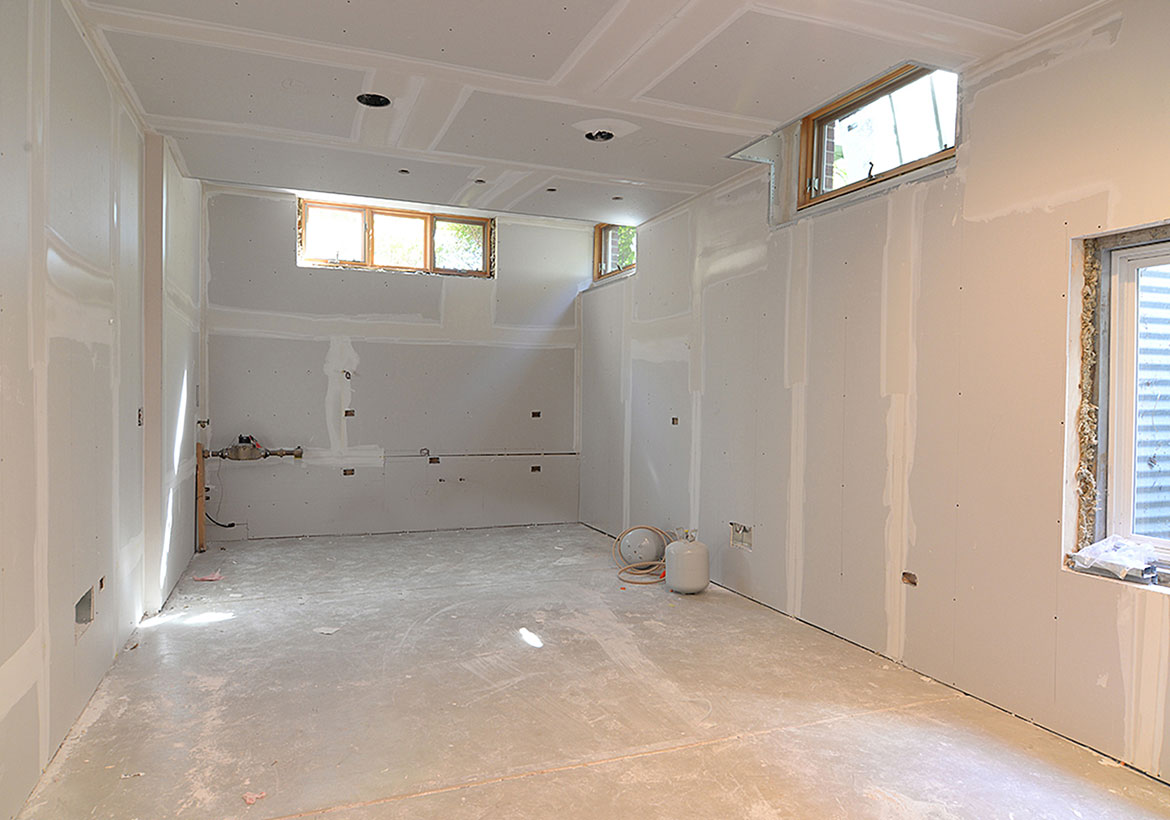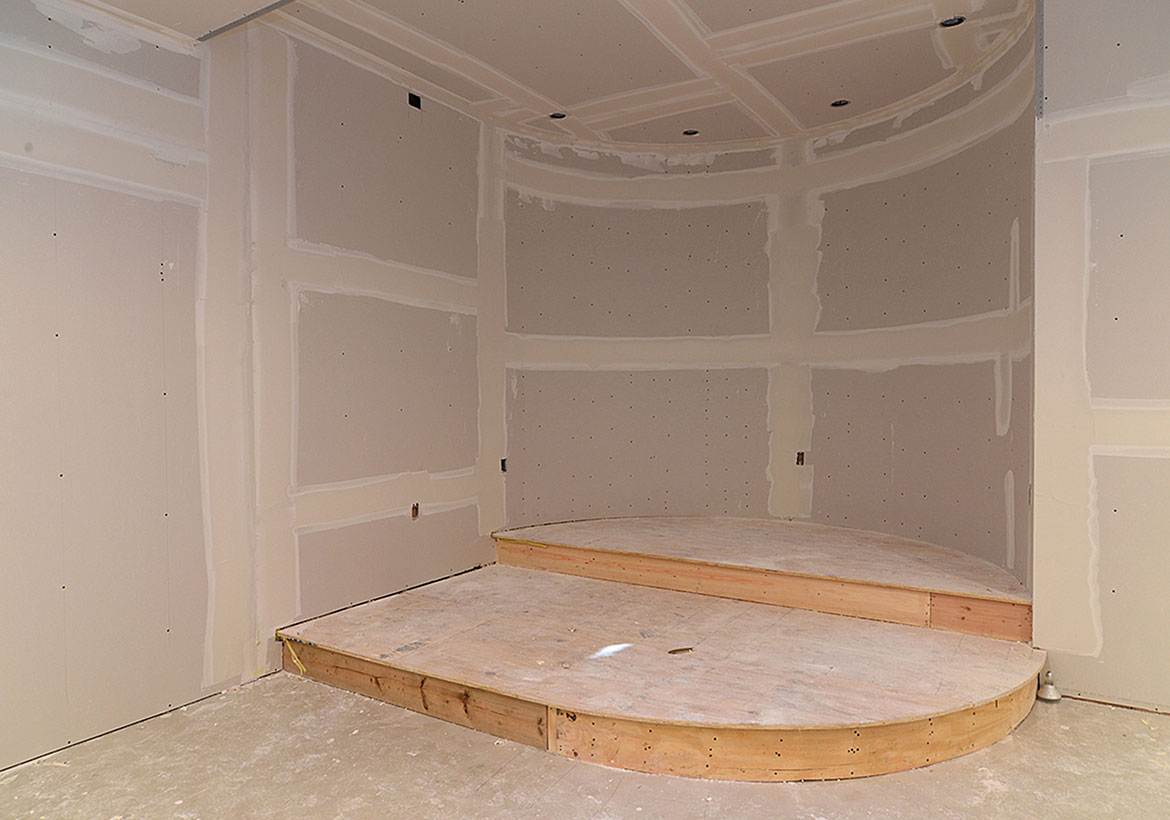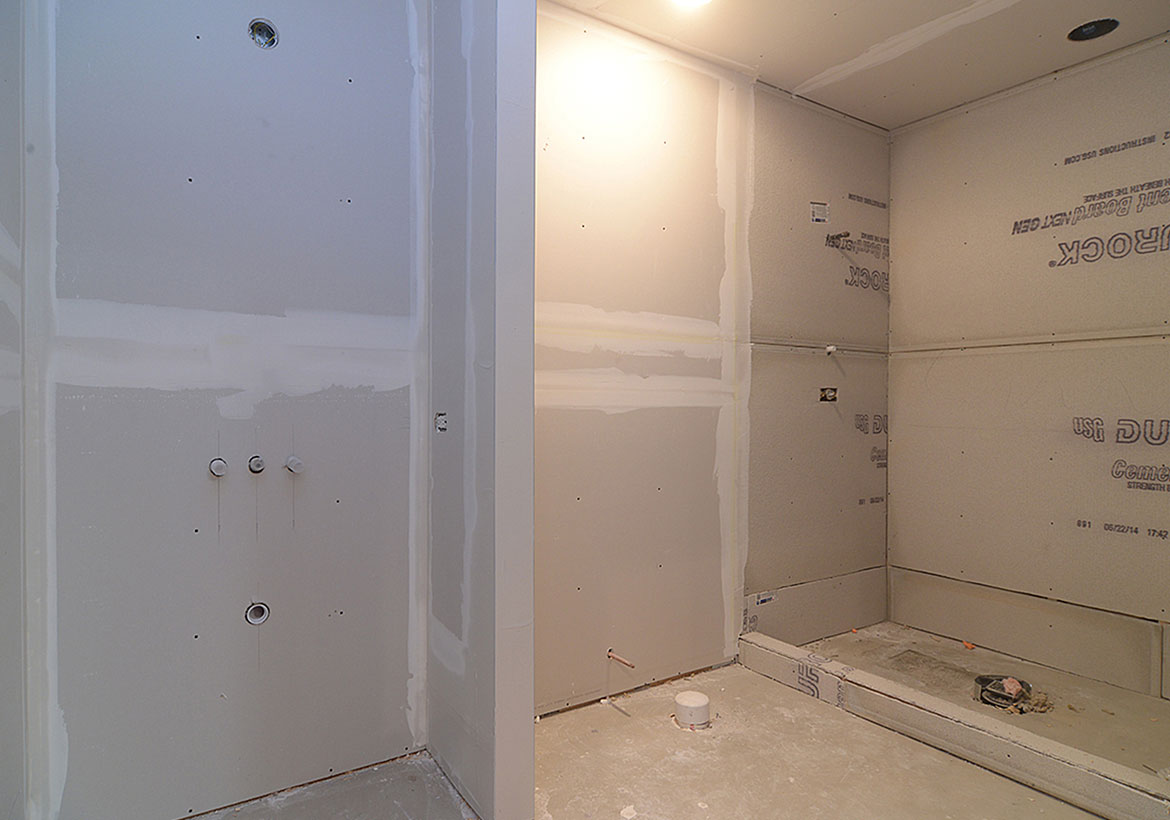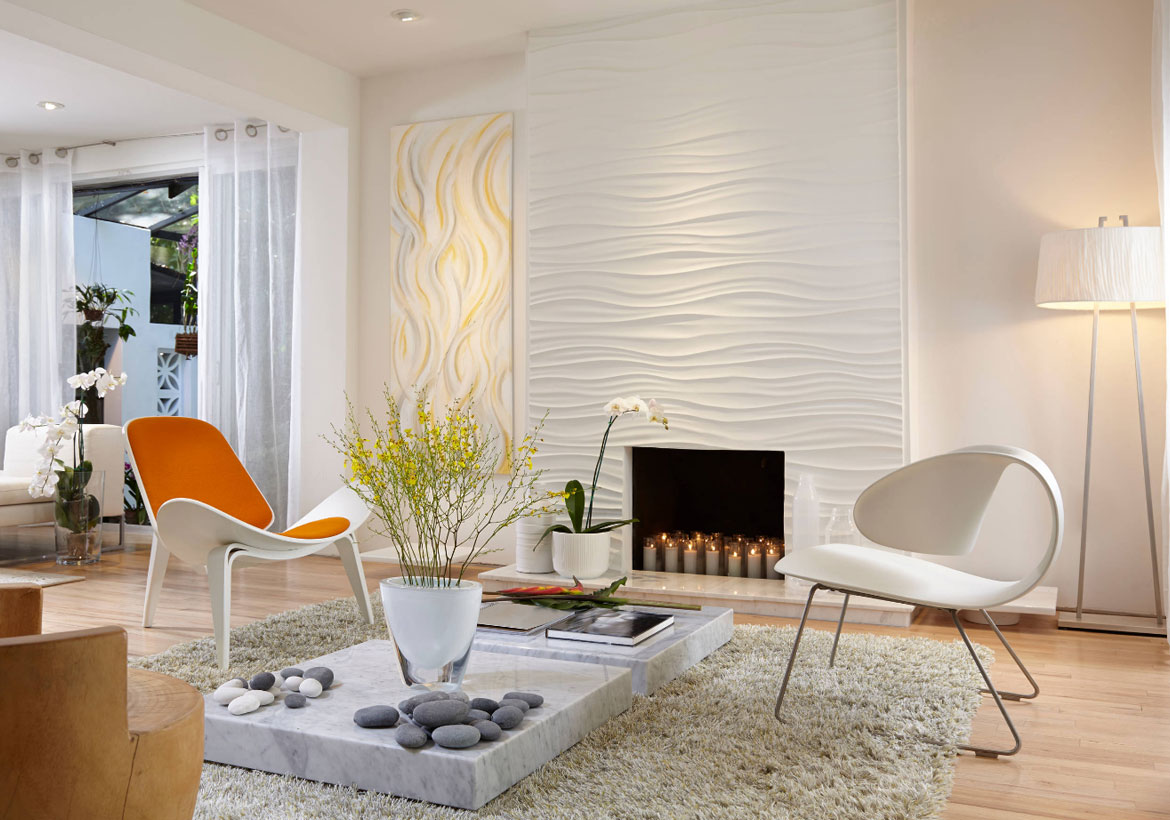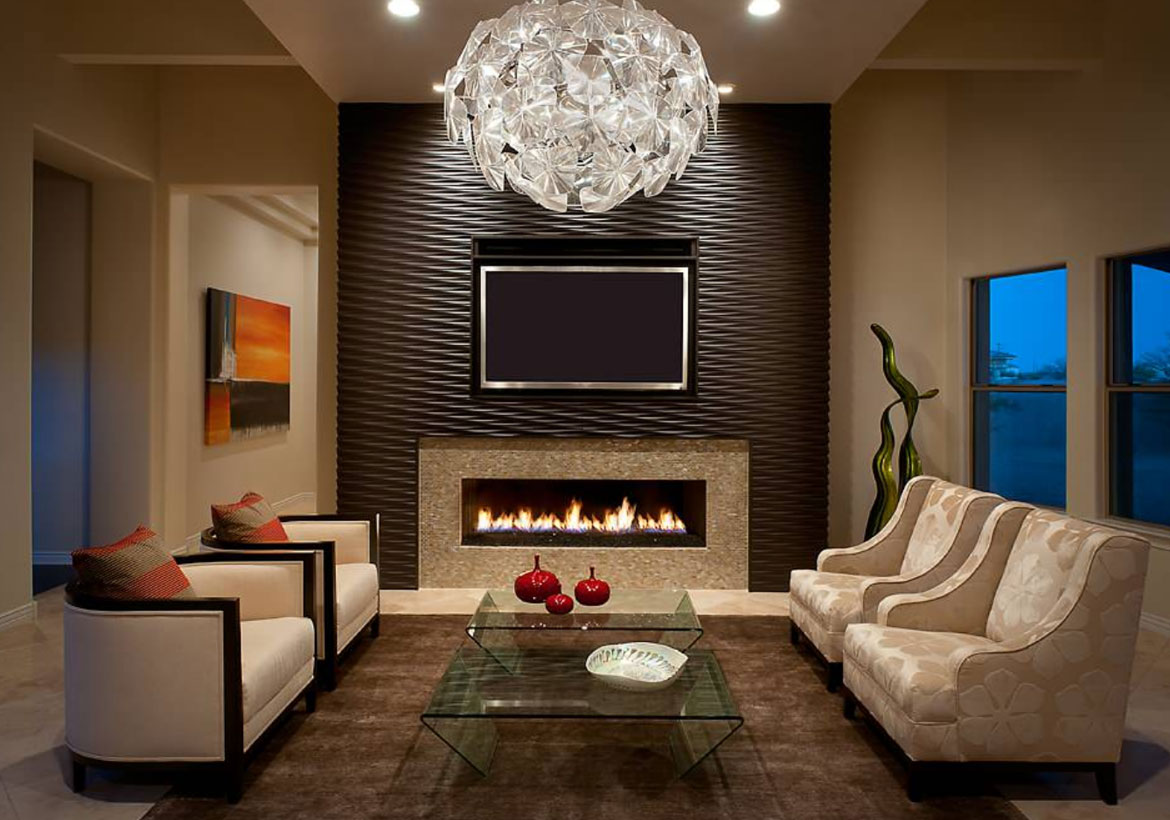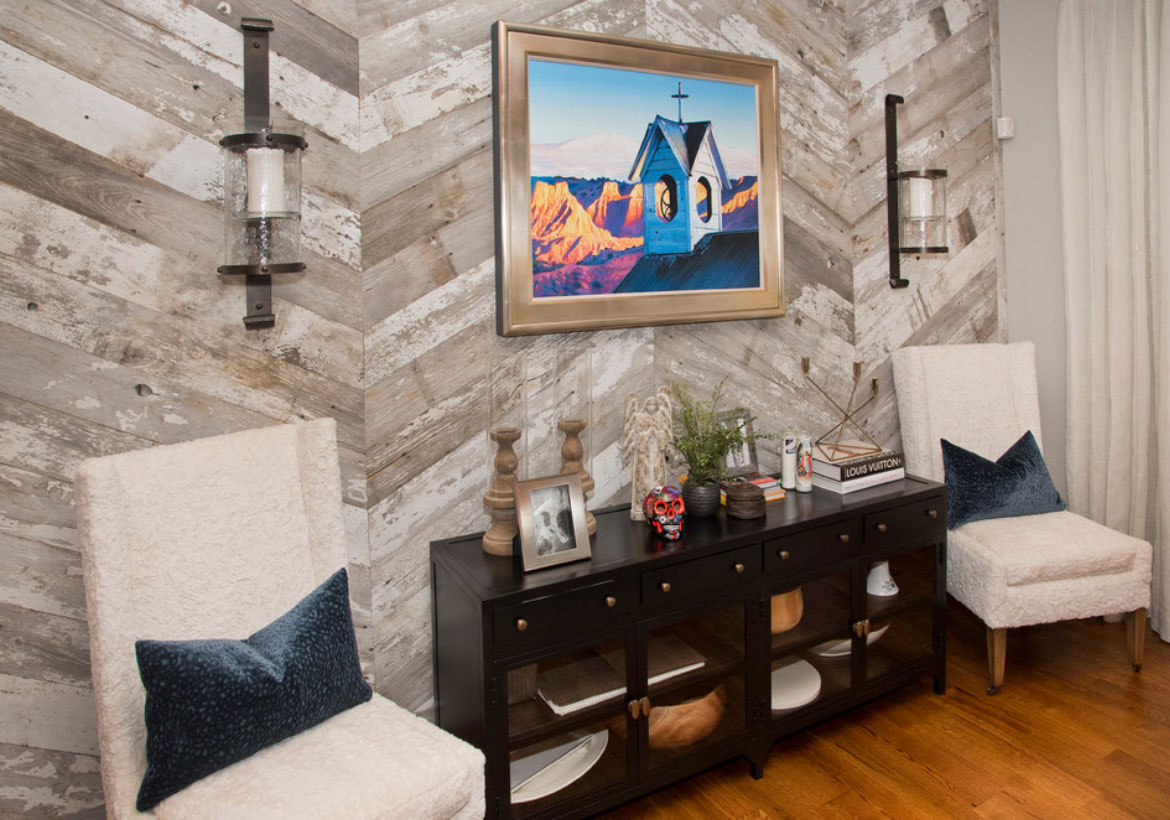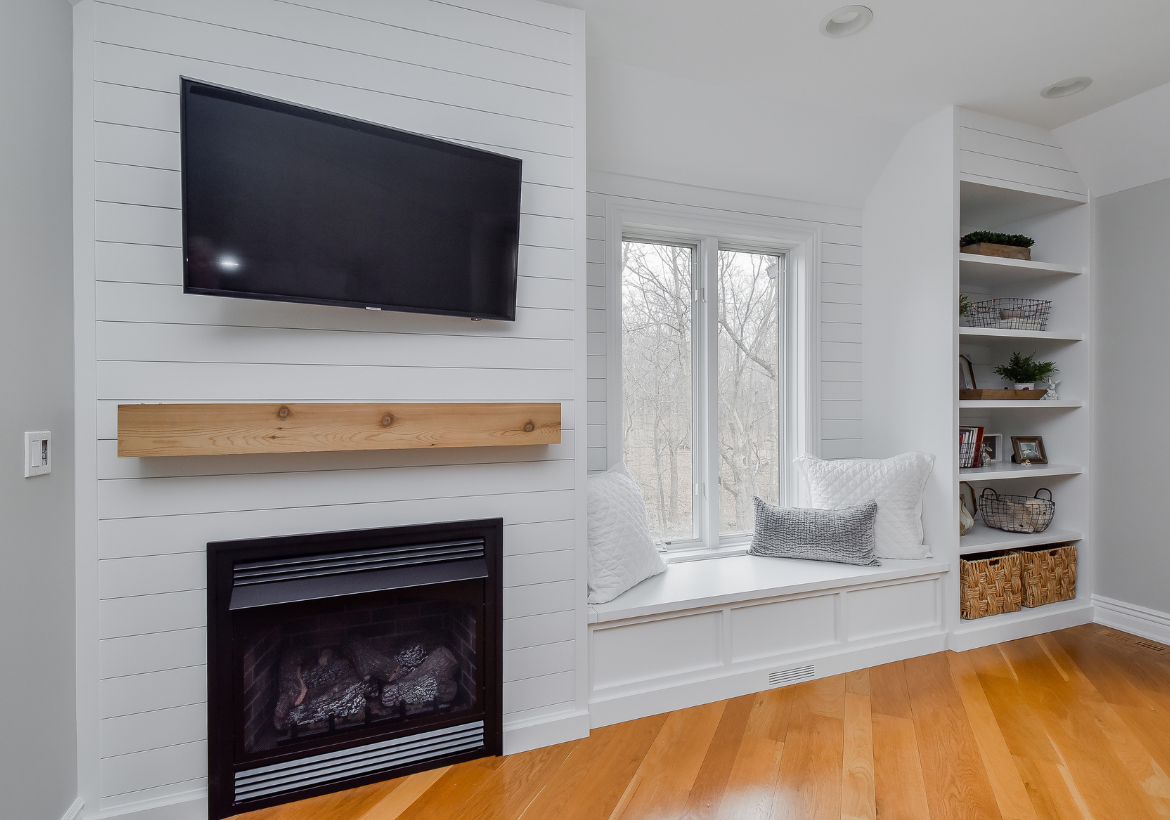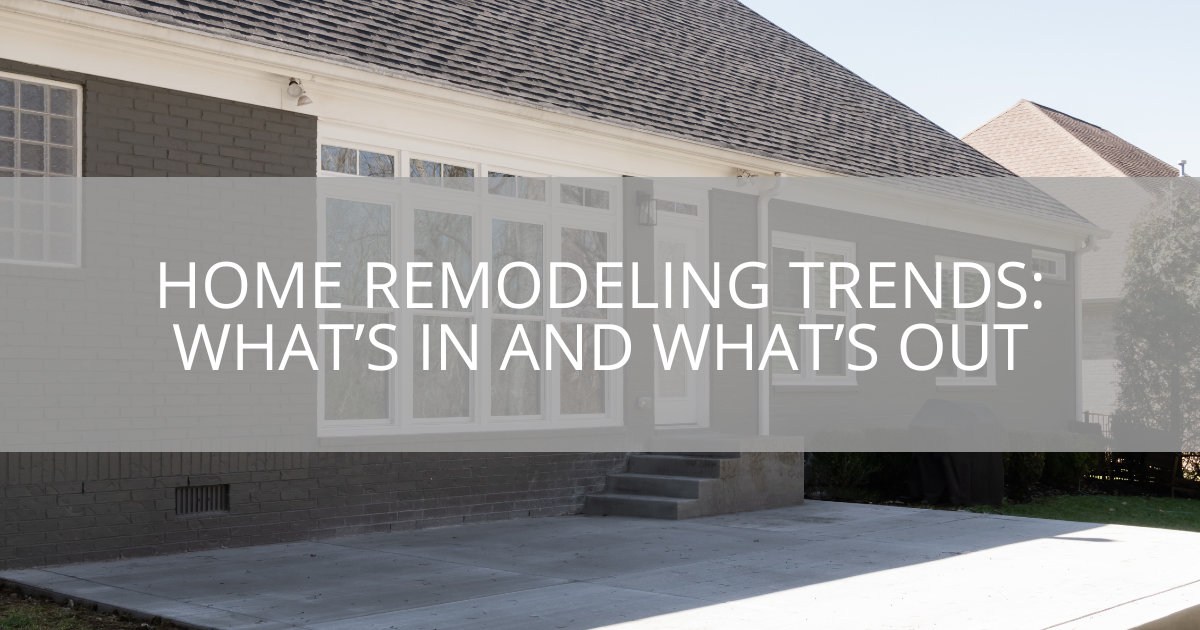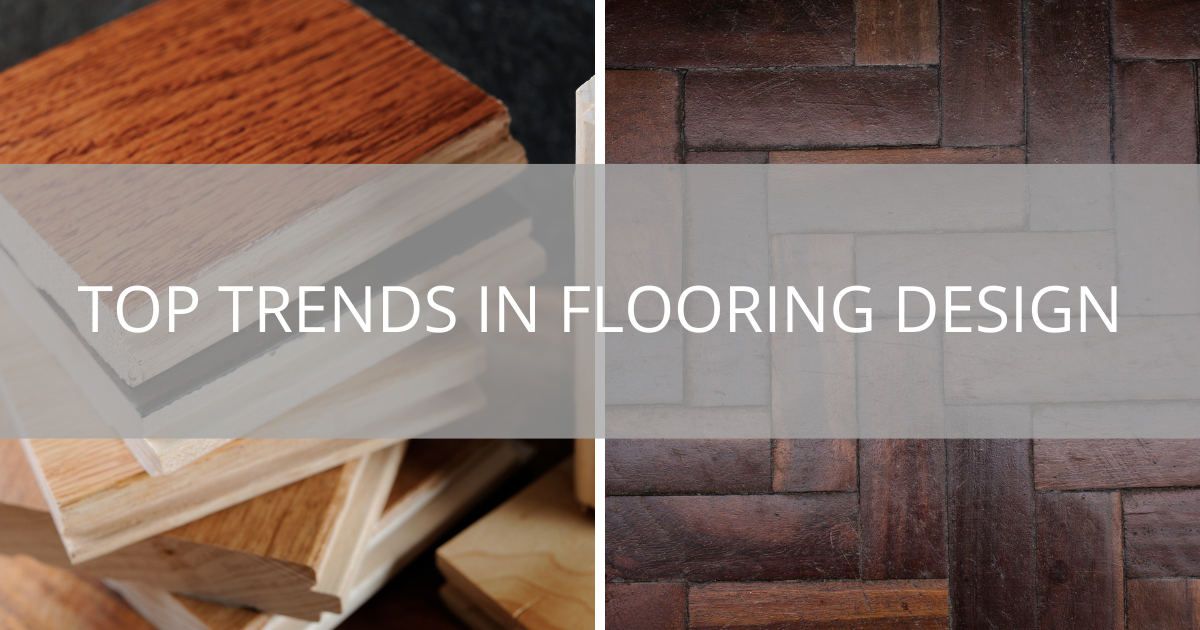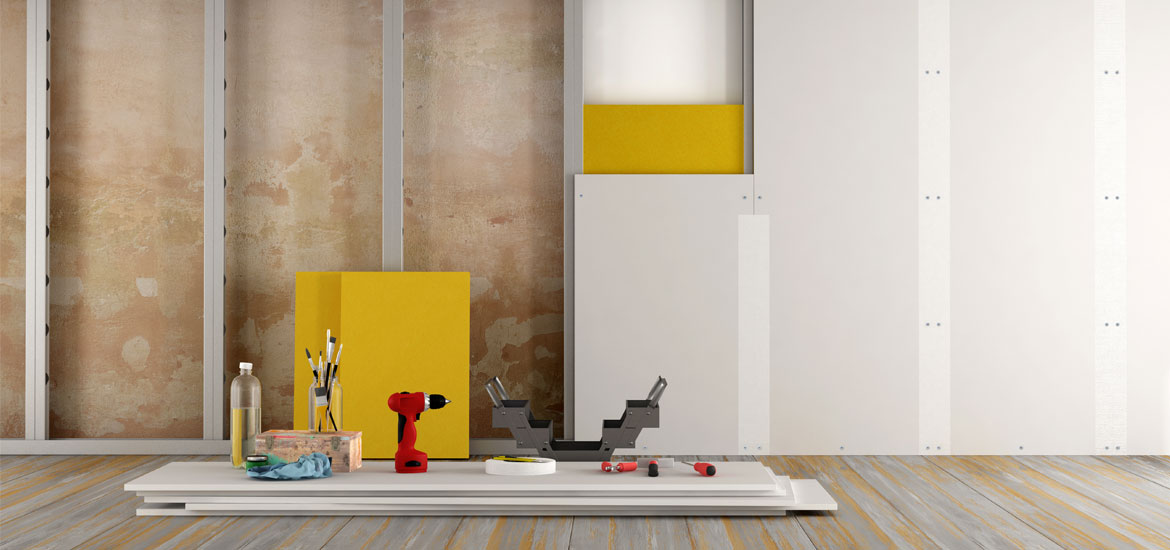
Art Decor Gesso
All types of drywall are essential components of any home construction or remodeling project. Drywall is the stuff that holds the home together, and without it, some rooms and buildings would not be structurally sound.
This drywall guide will help you understand the benefits of the types of drywall available and help you choose the right types of drywall for your projects. We will also discuss some possible alternatives to drywall, as well as some other names for drywall that you may have heard before.
Check out this guide for a full list of features and hidden tips on how to use all the types of drywall the right way.
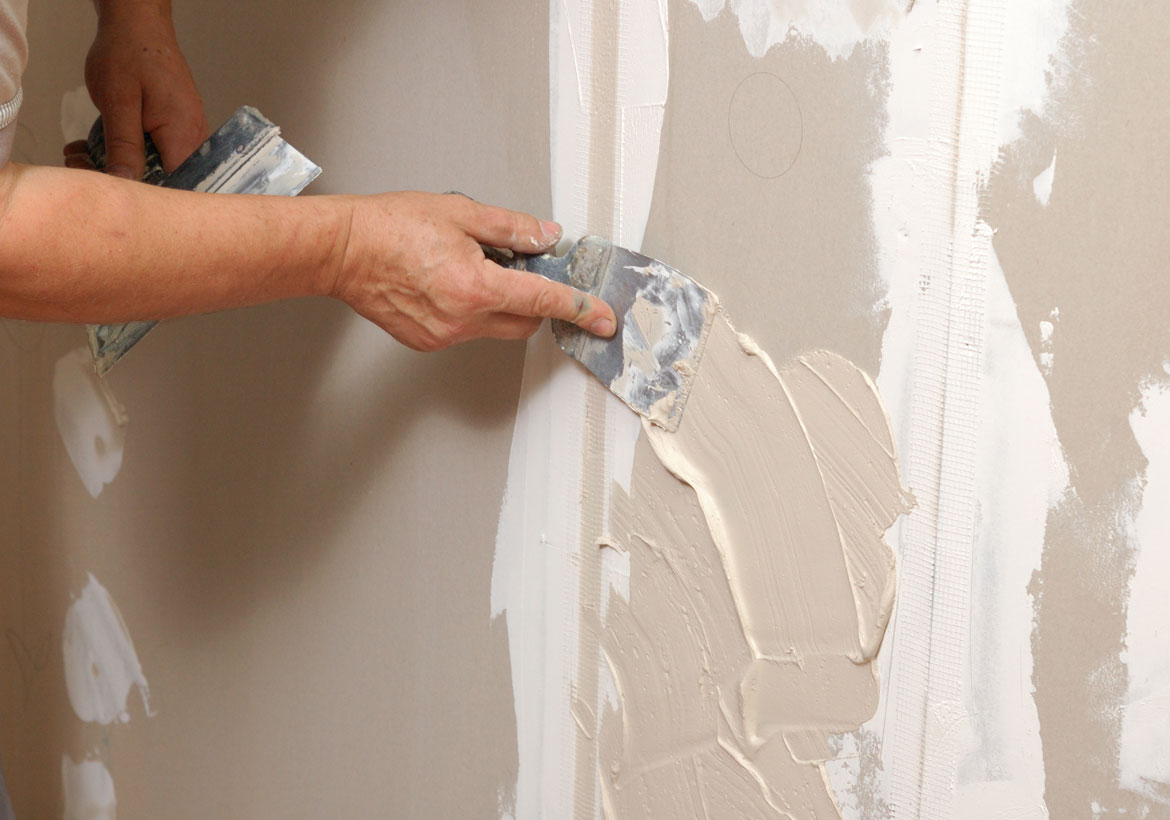
What is Drywall?
Drywall, also known as wallboard or Sheetrock, is a lightweight material used on interior walls during a construction or renovation project. It typically comes in the style of thin board sheets and installed on walls or ceilings.
What is drywall made of, exactly?
Drywall is made of a few different materials, but most commonly, it is made from gypsum, which is a sturdy yet lightweight rock that provides versatile uses when ground up into a powder. Gypsum powder makes up drywall; it is finely ground and then pressed in between two thick pieces of paper. This creates a “board”, or a thin sheet. This sheet is attached to the wooden frame of a building with nails and screws.
Joint compound fills in the seams and nooks that the drywall has left open. Drywall was invented as a way to make it easier and faster to fill the interior of a wall without having to use plaster or another sort of quick-drying compound.
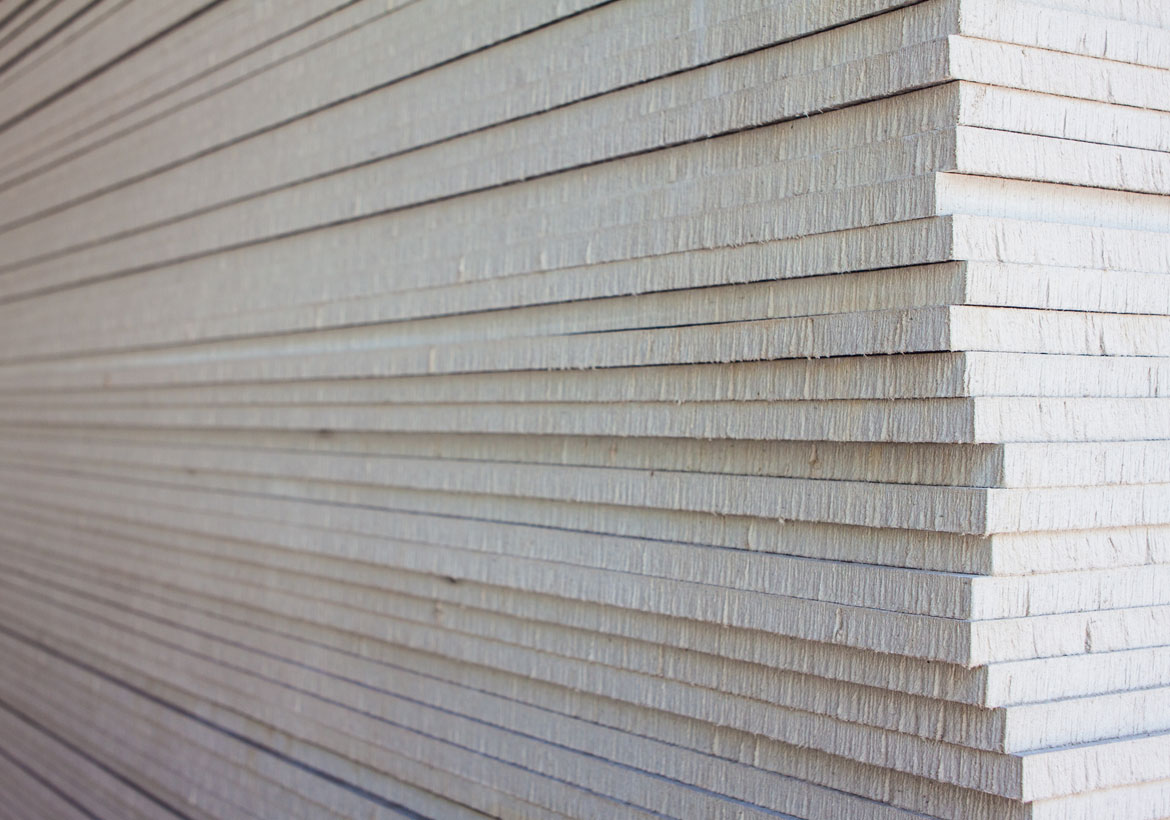
How Thick is Drywall?
There are several types of drywall thickness options to choose from when deciding on the right types of drywall for your project. Here is a quick overview of the different types of drywall sizes available at your local hardware store when beginning a renovation project:
- ¼” Drywall: This is the thinnest sheet of drywall available. It is the ideal choice for remodeling your basement, or for any residential interior walls and ceilings that do not require thick reinforcement.
- ¾” Drywall: Three times thicker than the thinnest form of drywall, the ¾” is a non-standard thickness of this drywall. It is used for extra reinforcement in interior walls, possibly in large or industrial-sized buildings. It is also good for use in the bathroom, where extra insulation is never a bad thing.
- ½” Drywall: An even thicker piece of drywall that contains extra features such as moisture resistance, different types of gypsum, and GP Green Board, which is an eco-friendly and recycled material that offers durability without making an impact on the environment. It is typically ideal for kitchens, bathrooms, and basement walls.
Is there a standard drywall thickness?
The short answer is: Yes! For most projects, the standard drywall thickness typically ranges from the ½” size. While there are many types of drywall sizes to choose from, the most “regular” wallboard has a ½” thickness and a width of 4’ x 8’. This is the most versatile and typical board used for renovation and construction projects.
Is there thin drywall?
The ¼” drywall size is the thinnest drywall available; however, there are multiple thicknesses to choose from. Anything from ¼” all the way up to ⅝” is available at your local hardware store, or through special order from a manufacturer of construction supplier.
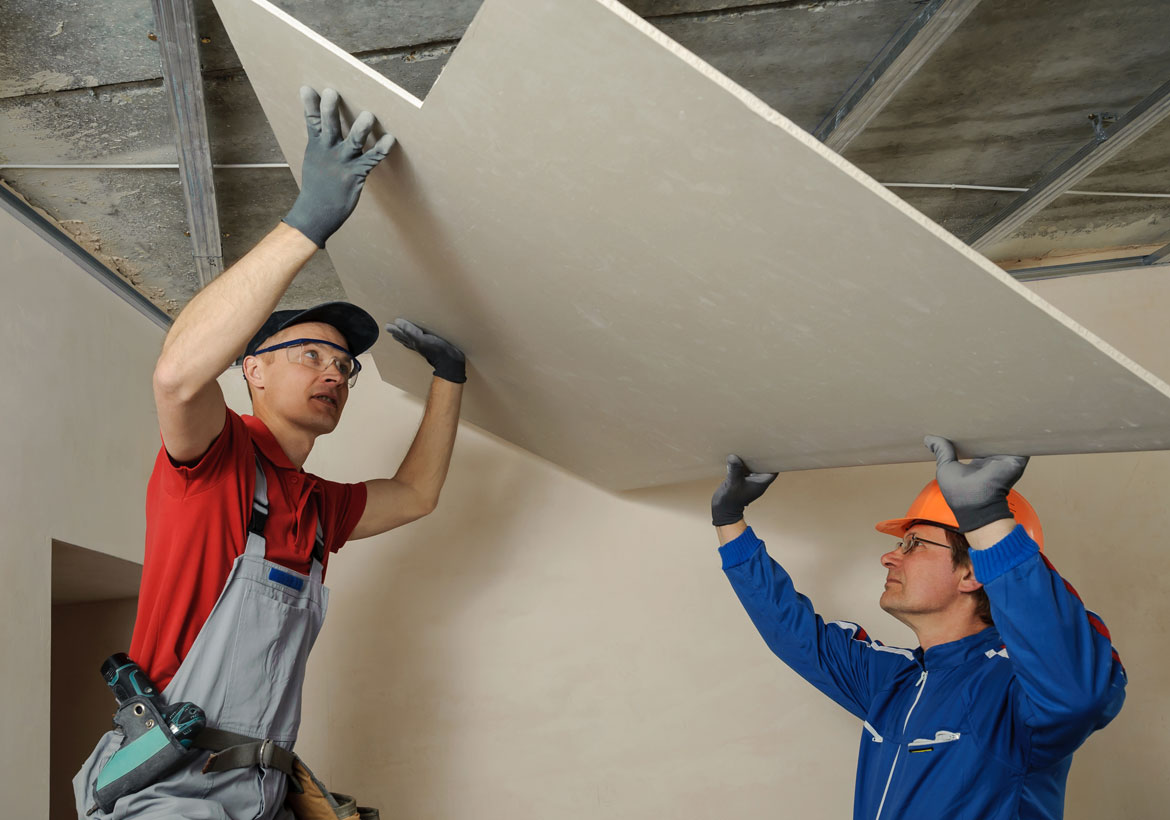
How Much Does a Sheet of Drywall Weigh?
One sheet of standard drywall, which is ½” thick and 4’ x 8’ long, weighs around 50 pounds. Sometimes, it can weigh a little bit more.
You may be thinking, “With a board that thin, how can it possibly weigh that much?”
Gypsum is a type of rock, and even when finely ground into a powder, it still carries a lot of weight. For a sheet of that size, however, the weight is not unmanageable at all. Depending on the width and height of the board, the weight might vary.
If you are curious to know what your sheets of drywall weigh, or how much a certain thickness of drywall would weigh, there is an online drywall weight calculator that you can use. You can even choose between standard and lightweight options to get the most out of your research.
Types of Drywall
There are plenty of different types of drywall available for you to choose from for your renovation project. In fact, there are specific types of drywall that are great for performing specific tasks. For example, you can invest in a type of drywall that offers moisture resistance and the ability to prevent mold from building up. There is also a type of fire resistant drywall to invest in as well; these typically come in larger and thicker sheets.
Ceiling drywall can come in a range of thicknesses and sheet sizes to make installation easier. Installing drywall on a ceiling can be quite tricky since you have to hang it in a perpendicular fashion and with much precision. It is recommended to use half-inch or even go up to ⅝” inch thick panels to prevent sagging.
Acoustic drywall is quite the advancement in the drywall industry and is certainly fitting for soundproofing the individual rooms of your home. This type of drywall enhances its acoustic abilities with high-density gypsum, which is also usually coated with moisture-resistant materials. This helps keep the sound within the walls, rather than reverberating through to the other side.
Alternatives to Drywall
Some alternatives to drywall include:
- Textured wall panels. These panels have a printed texture, which can actually cover existing walls. While they require a base before installation (they cannot be the only type of wall installed in your home), they are great for adding style and design to your walls, with the added benefit of extra reinforcement.
- Wood paneling. Real wood is still used in a wide number of construction projects, and it is still popular in the industry as a consumer favorite. While wood paneling is heavier and sometimes less affordable than drywall, it can add a stylish touch to your home while offering an unmatched amount of sturdiness.
- Wahoo Walls. This is a product that involves the use of expandable polystyrene foam core, which makes them a lot easier to install than drywall. They also add some thermal protection.
Interior wall paneling is a great alternative to plain painted drywall–adds personality and an outstanding focal point as shown in this contemporary living space.
Another world-class example of textured wall panels around this fireplace in this modern sitting area. The deep, dark color adds to the overall elegant tone.
While this rustic Denver home showcases distinguished reclaimed barn wood on the wall, you could create a similar look with wood paneling.
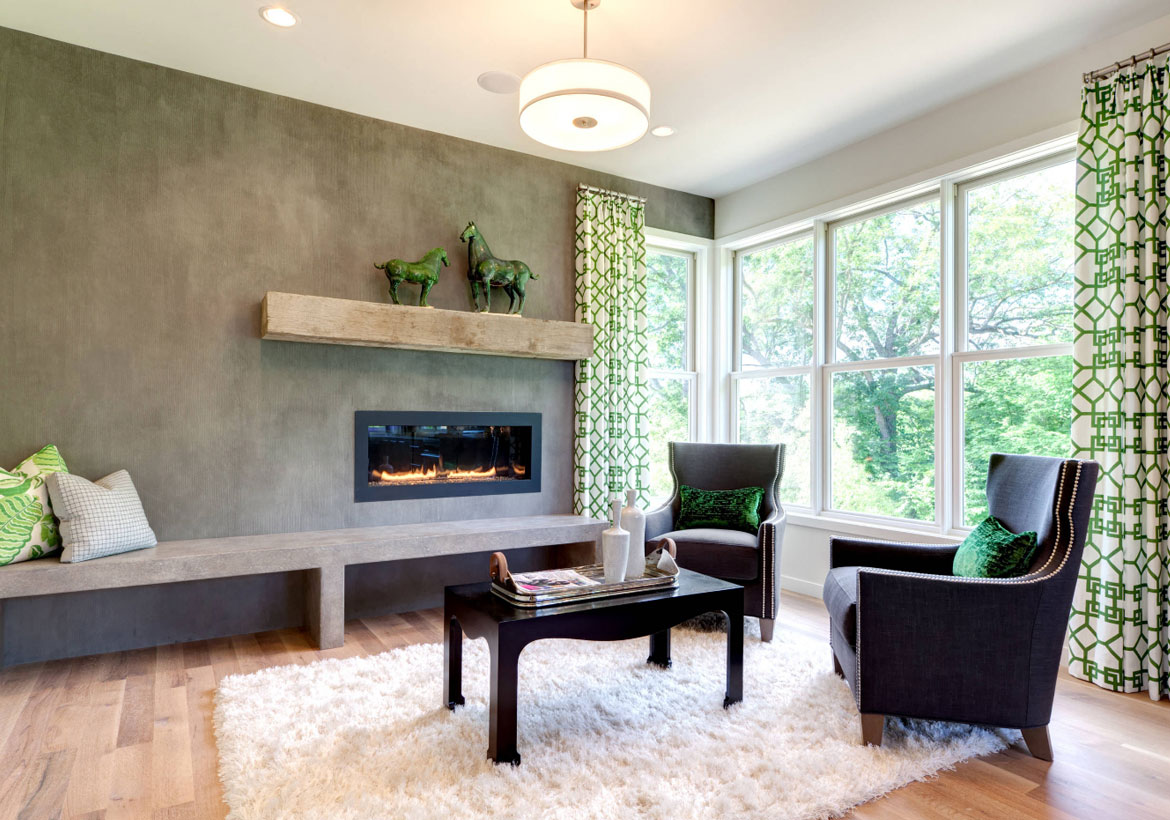
AMEK Custom Builders – The great room wall in this contemporary Minneapolis home is made from a raked plaster. Striking!
Drywall vs. Plaster
There are some benefits to drywall over plaster, but that doesn’t mean plaster has forsaken its uses as well. Reasons, why people prefer plaster over drywall, do exist, and we want to explore some of them now.
Plaster and drywall are the two most favorited ways to finish a wall, and both can add benefits to the overall construction of the home. If you’re looking for something sound and sturdy, you can’t go wrong with either option. Here are some comparisons between the two.
Advantages of Plaster:
- Adds a smooth and refined texture that many people have grown used to as the feeling of “home” within the house.
- Is extremely sound resistant.
- Plaster is the more professional-looking option.
Disadvantages of Plaster:
- Requires installation by a trained professional.
- Plaster has no internal insulation within the walls.
- Applying plaster is laborious and time-consuming.
Advantages of Drywall:
- Hangs easily on any wall surface.
- Takes less time to install and does not require use by a professional.
- Drywall adds insulation.
Disadvantages of Drywall:
- Not as great as deflecting sound as plaster is.
- Drywall is a heavier material.
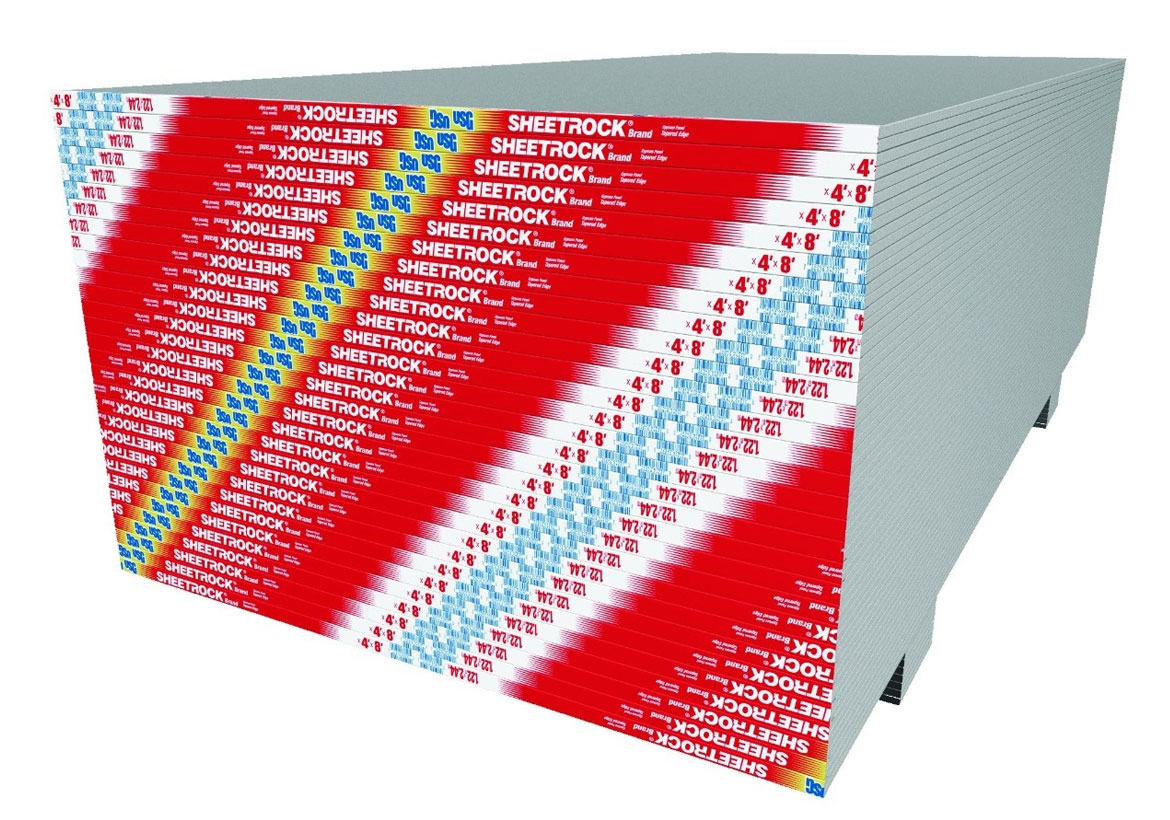
Drywall vs. Sheetrock
What exactly is Sheetrock? Well, Sheetrock is a drywall brand that many have come to rely on. Often, the words Sheetrock and drywall are interchangeable in the renovation industry. Think of it as the comparison of Kleenex to facial tissues, people will say “Kleenex” more than they will say “facial tissues”.
Sheetrock is a trustworthy drywall brand that offers a lot of benefits over a more generic type of drywall. Customers can enjoy added drywall features helping them complete their highly specialized renovation projects. Options such as fire-resistant or water-resistant Sheetrock are available through the website, or through your local contractor when you are ready to start your project.
Most contractors decide to choose Sheetrock over a generic brand of drywall due to the brand reliability and customer support options. However, there are no true differences between Sheetrock and generic-branded drywall. Again, people typically choose this type of drywall due to the brand recognition and availability of support.

Estimate the Cost of Drywall
Having trouble figuring out how much your sheets of drywall are going to cost? Want to know how much drywall you’ll actually need to complete your projects? There are a few available tools that you can access online. Plus, they’re completely free!
To determine the price of your drywall, depending on whether you choose Sheetrock or a generic type, you can visit home improvement sites to see what the prices are adding up to currently. Most standard and available sheet sizes are listed for you to get a good estimate of what you’re going to need in your budget.
To figure out how much drywall you need to purchase for your project, check out this drywall calculator. Simply put in the dimensions of your room, including the ceiling and excluded areas, and the calculator will tell you how many square feet of total drywall area you’ll need.
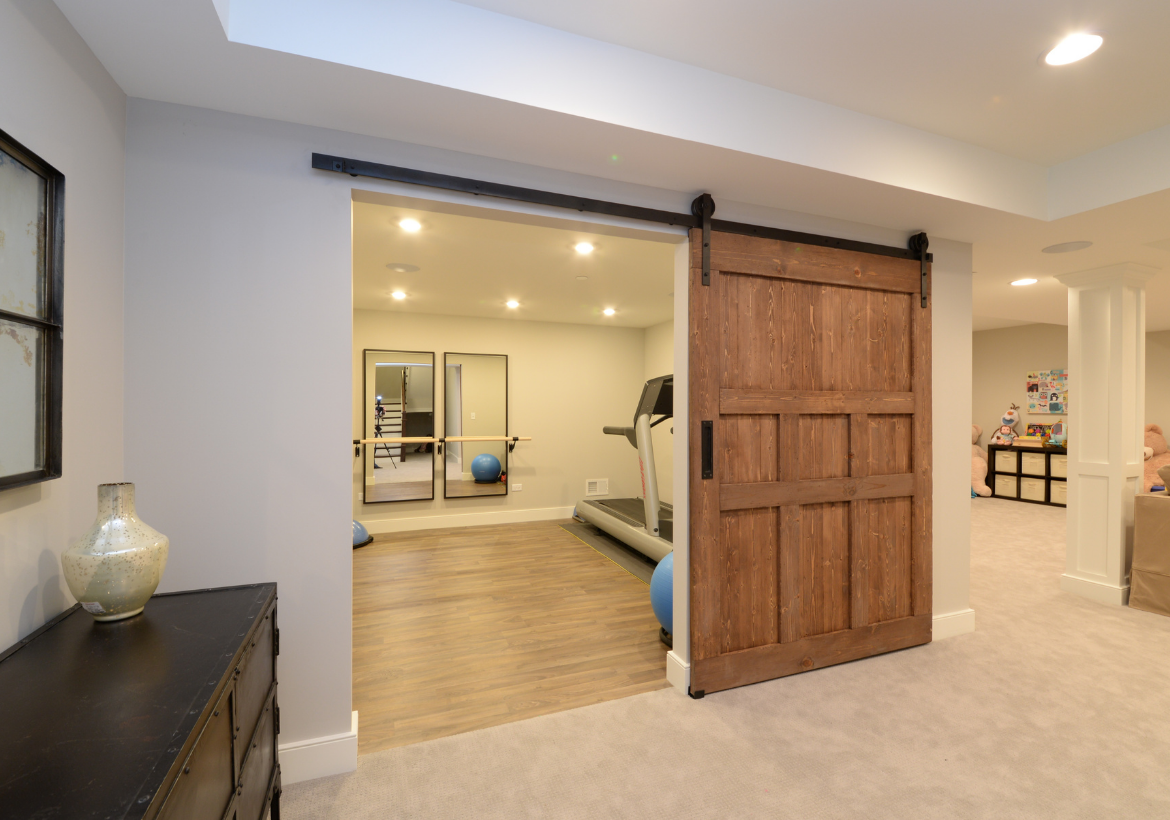
Drywall Finish Levels
It’s important to note that the different drywall finish levels can determine the cost and amount of drywall you’ll need as well. There are several different gypsum board finish levels, from Gypsum Board Level 0 all the way up to Gypsum Board Level 5. Level 0 will grant you a limited amount of support for temporary construction projects, where you can depend on ultimately taking the drywall down. Level 5 is the most stable type of support, with the highest-quality finish levels. This is the best option for a permanent project. Levels 2-5 offer variations of that range, which can be great choices if you’re on a budget.
Ultimately, the decision on which type of drywall to use is completely your choice. Based on the thickness and weight levels of the gypsum content, you may find drywall beneficial for your next construction or remodeling project.

